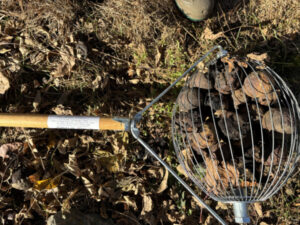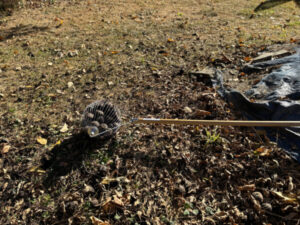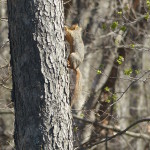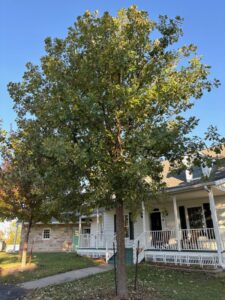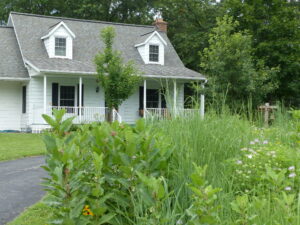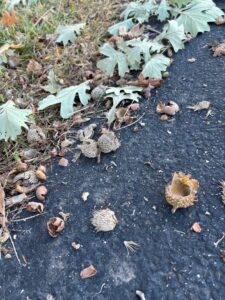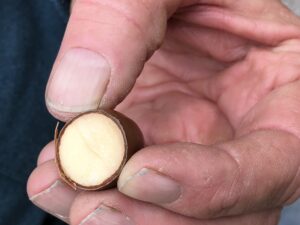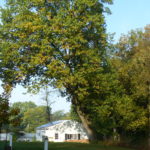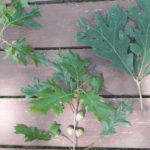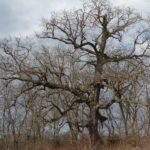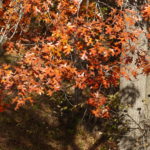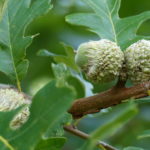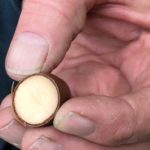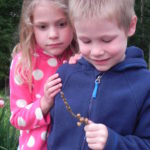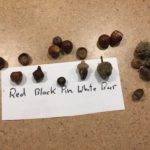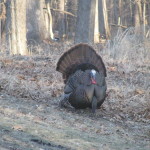Nut Wizard Picks ‘em Up to Create a Squirrel Magnet
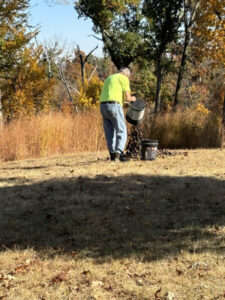
Creating dinner
This fall we borrowed a Nut Wizard nut picker-upper from a friend and helped neighbors harvest gallons of black walnuts. We dumped them in our backyard and, over several weeks, delightedly watched a progression of squirrels haul them off to eat and bury.
They scurried off in all directions carrying a single nut in their teeth. After hundreds of squirrel trips our nut pile was gone. Those ambitious squirrels buried walnuts all over our property.
Derecho Destruction and Re-seeding Nut-Bearing Trees
Most folks don’t want or need walnuts sprouting in their yards but want to clear the yard of various nuts that fall from trees each autumn. The simple answer is investing in a nut wizard or borrowing one. This handy gizmo, which comes in several brand names, rolls along easily capturing nuts that you can then drop into buckets to dispose of. Eastern Iowa suffered a huge tree loss in 2020 when a derecho smacked us with 140 mph winds. Mature trees fell like matchsticks. Since then, we have been “reforesting” timber patches and urban streets and yards. Using a nut wizard to pick up nuts and re-purpose them helps reforest our area. This is a far better option than dumpstering them. A local nature center or park might be a good option to help replant lost trees. Or you can learn to shuck and process nuts for eating.
Squirrels Do the Work
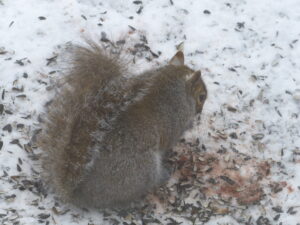
Squirrels bury nuts in caches to retrieve them later.
Back to our squirrels. One morning we watched one use its front legs to dig a hole beneath our window, drop a nut in, cover it with dirt, and pat it neatly down. We’re sure it will be its breakfast on a cold January morning. Not all nuts get dug up, so we expect to find walnut seedlings all over our yard in the coming years.
Nuts An Amazing Food
Nuts are an amazing food for squirrels and people. Unlike most foods, nuts don’t spoil for months. Humans worldwide throughout history harvested walnuts, hickory nuts, filberts, chestnuts, and acorns and put them into storage for delicious eating during food-scarce winters.
Nuts are loaded with protein, oil, fiber, and vitamins. Squirrels, many bird species, deer, bears, and chipmunks have always eagerly gathered and stored wild nuts, but generally people today shun harvesting for good reason.
In past years people gathered and processed nuts. It took time and effort to collect, process, and store them. It’s much work. Planned “nutting parties” were somewhat festive occasions where neighbors gathered to collect and process nuts together. Probably many tall tales and gossip were shared that made the tedious processing more interesting.
Today it’s much easier to buy nuts at the grocery store but wild nuts remain a viable food.
Common Nuts for Wildlife and Human Food
Black Walnuts: Common in suburbia and woods edges, black walnut trees drop messy nuts by the zillions every early fall. Removing the husk, cracking the shell, and picking out the nut meat is a tedious and messy chore that yields delicious additions to cookies and cakes.
Chestnuts: The American Chestnut tree once ranged throughout Eastern North America and produced enormous quantities of nuts that were relatively easy to collect and process. Unfortunately, an exotic blight killed nearly all the trees a century ago. Today similar nuts are dropped from related Chinese and hybrid trees that resist the blight.
Hickories: Pecans are a species of hickory that grow mostly in the south, but Shagbark and Shellbark Hickory have a much wider range and are equally delicious. One hickory, the Bitternut, produces nuts so bitter even the squirrels leave them alone.
Acorns: Oaks worldwide produce nutritious acorns esteemed by wildlife but generally shunned by people. We prefer gathering White Oak acorns and processing them carefully before storing the resulting flour to add to muffins, pancakes, and cookies.
We’ve shared information on how to identify, collect, process, and eat nuts in past blogs. Plenty of information is also online on how to do it.
- Messy
- Nut Wizard
- Rolling up walnuts is easy.
At Winding Pathways we’re so happy to share walnuts with squirrels that we use a Nut Wizard to collect them in friend’s yards and bring them to ours.


